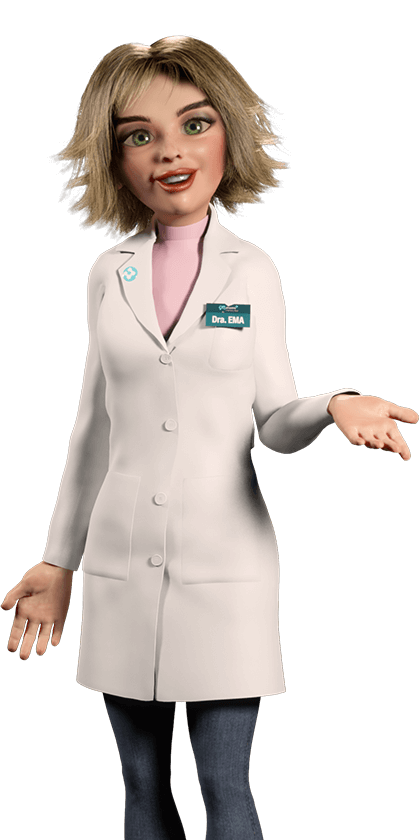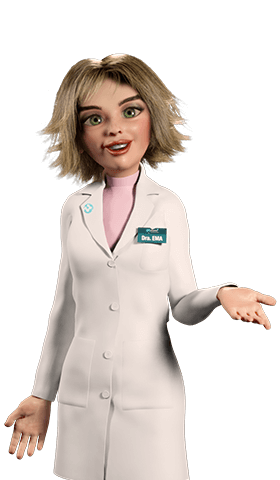Post childbirth
Food and comfort accessories - May your baby treasure lack nothing
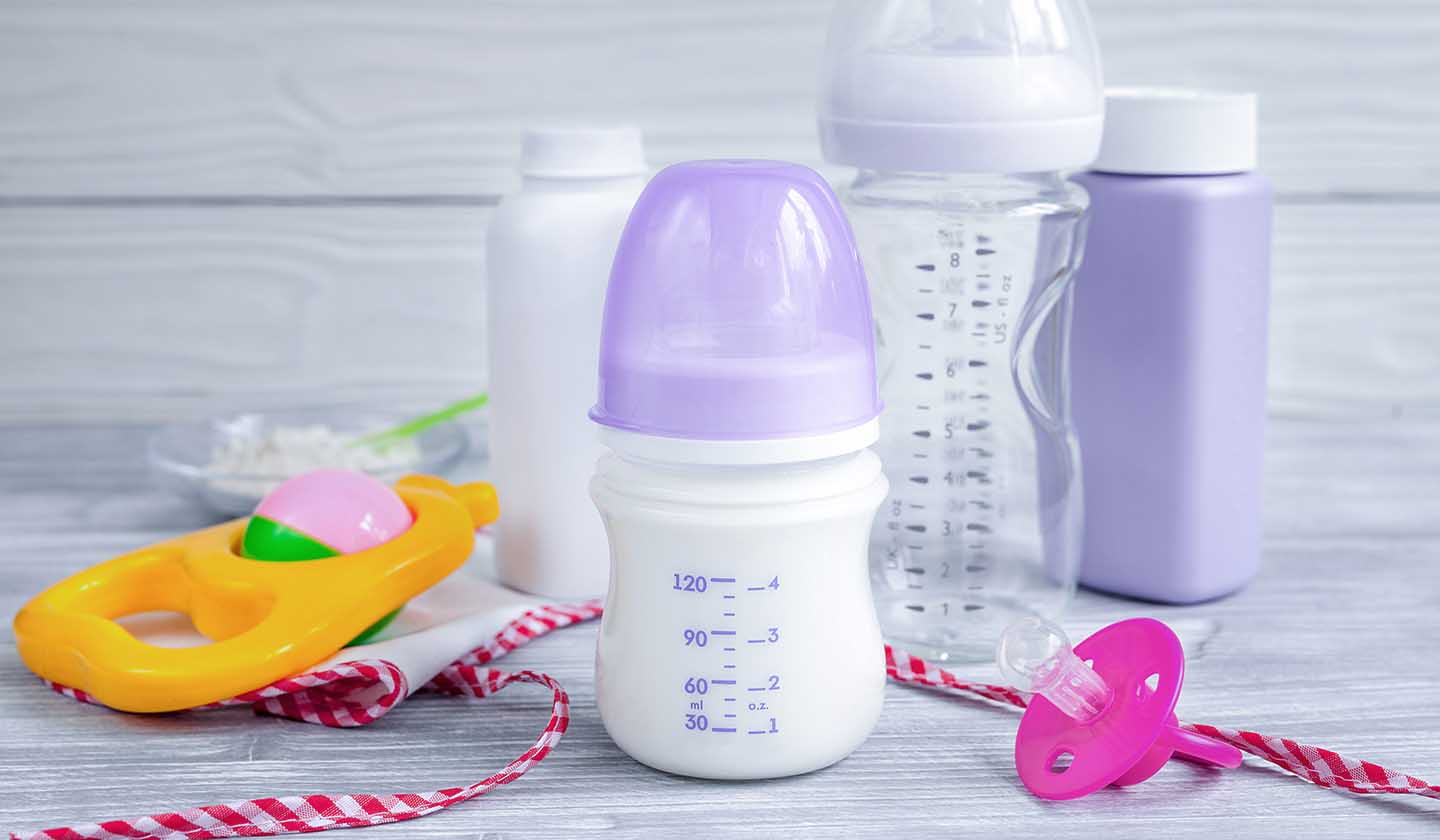
There are many accessories that contribute to a baby's comfort and well-being. But it is essential to ensure that they are adequate and safe
A thousand products
A baby is a source of happiness but, sometimes, also of anxiety. When choosing the necessary accessories to feed and provide comfort to your baby, you are showing how much you care for the baby’s health and well-being. It is of utmost importance to ensure that the accessories are suitable for the baby's age and needs, improving the well-being and safety of the baby.
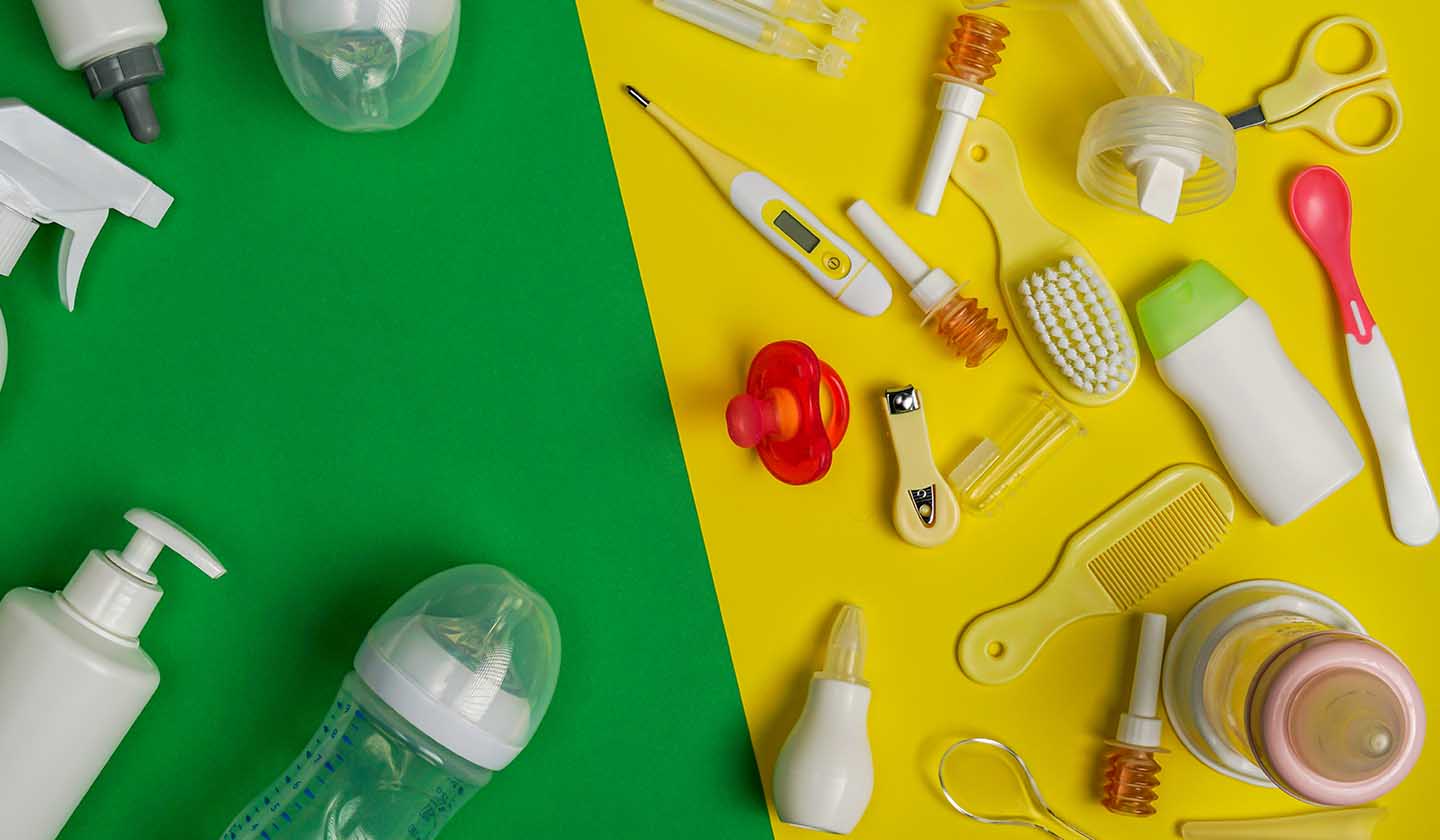
In good conditions
It is important that you keep the accessories you use in good condition:
- Bottles should be washed up immediately after use, with hot water, detergent and an appropriate brush to remove residues;
- After being well rinsed, if possible, all parts should be sterilized, especially in the first months of the baby's life;
- Then let the pieces dry in the inverted position; once dry, keep them closed, with the teat turned inwards and the protective cap in place; As for the pacifier, it is important to keep it clean, washing it whenever it falls to the floor or comes into contact with surfaces. Also remember: it is advisable to sterilize the pacifier before using it for the first time.
- All accessories should be replaced whenever they show signs of deterioration: in the case of teats and pacifiers, when the rubber starts to become whitish or sticky, and in the case of plastic bottles when they become dull and/or to lose the number markings.
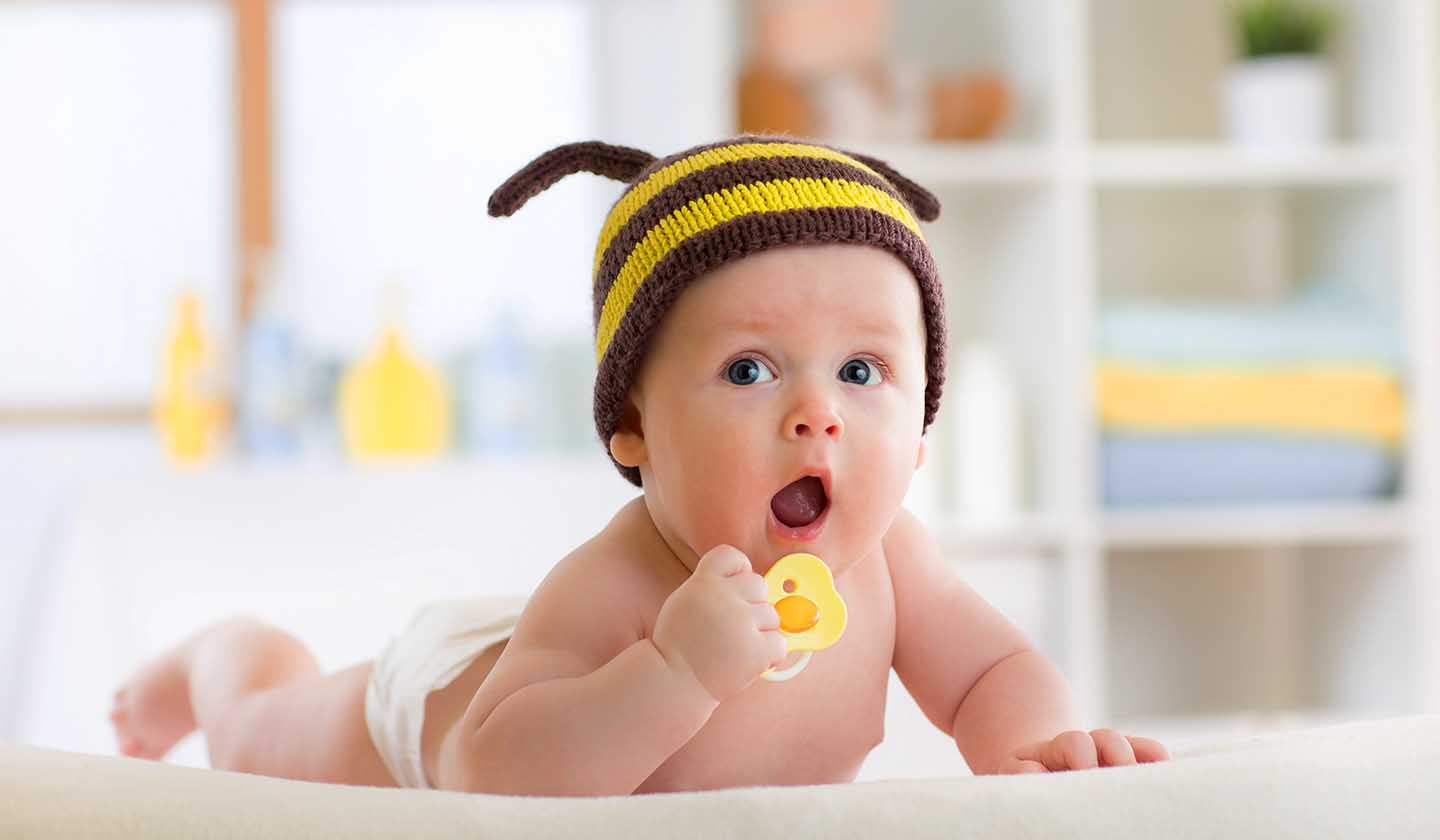
Pacifier: Yes or no?
There is no consensual answer to this question: it is up to the parents, in coordination with the paediatrician, to make the decision they deem appropriate. There is, however, an important rule to keep in mind: during breastfeeding it is preferable not to use a pacifier until the baby adapts to the nipple and is about 3 to 4 weeks old.
Here are some factors to consider when choosing a pacifier:
- Latex or rubber pacifiers are softer and more flexible; silicone pacifiers are less degradable and can be more easily washed, however, they should not be used after the first teeth are born (they are less resistant to bites and therefore, they can fall apart and choke the baby);
- It must consist of a single piece of soft materials and have ventilation holes;
- The size must be appropriate to the baby's age and the teat must be thin and soft for the gums;
- It should be an orthodontic pacifier with a shape that adapts to the baby's mouth in order to interfere as little as possible with the dentition;
- Care must be taken with cords and chains that hold the pacifier: if well used, they are very convenient, but if they are too long, they can wrap around the baby's neck and hurt the baby.
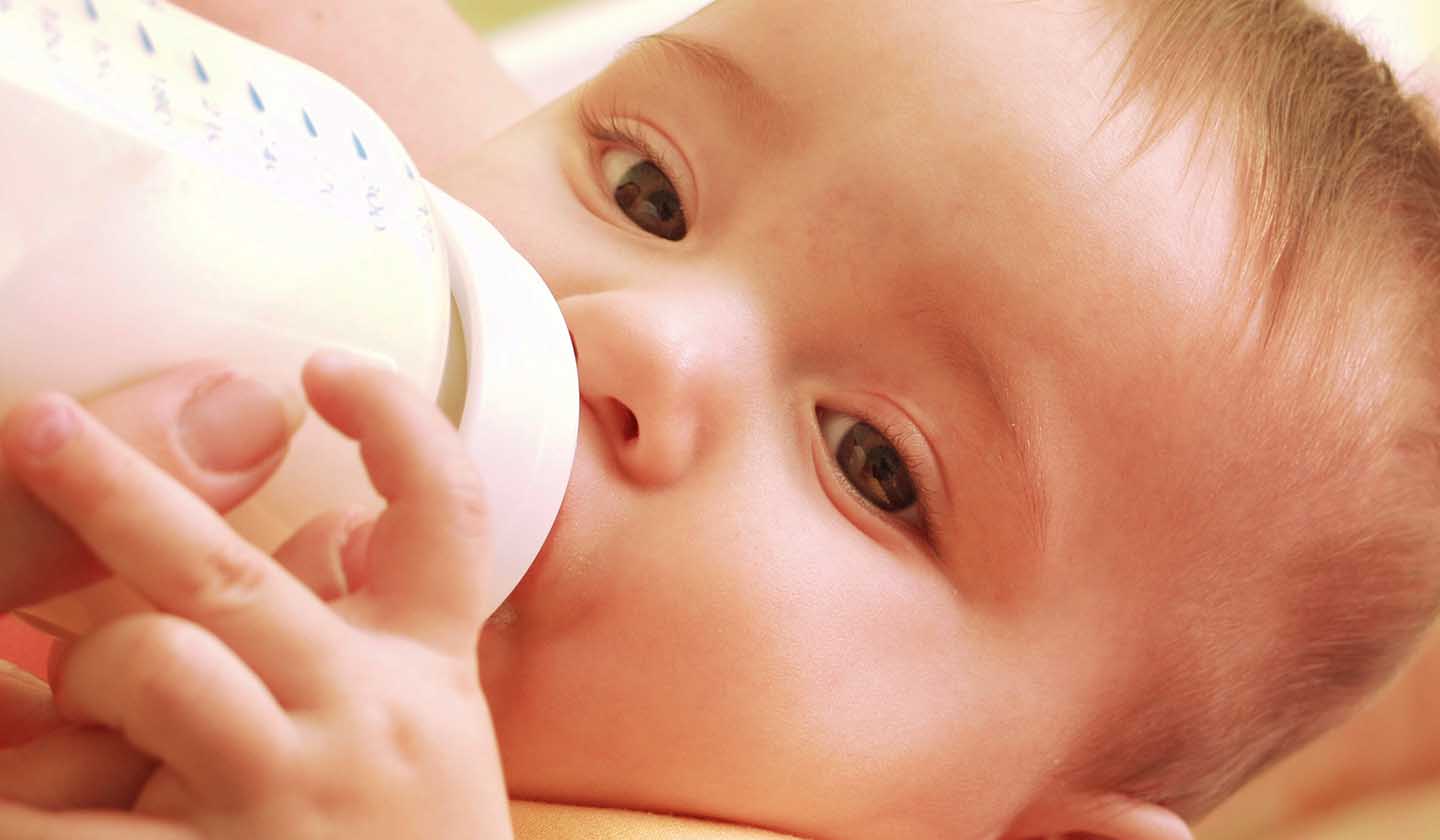
1st Bottles: at the baby's own pace
Before choosing, you should consider the following:
- Glass bottles last longer, although they can break, while plastic bottles deteriorate more easily with use;
- There are varied sizes, with different capacities depending on the amount of the milk the baby drinks.
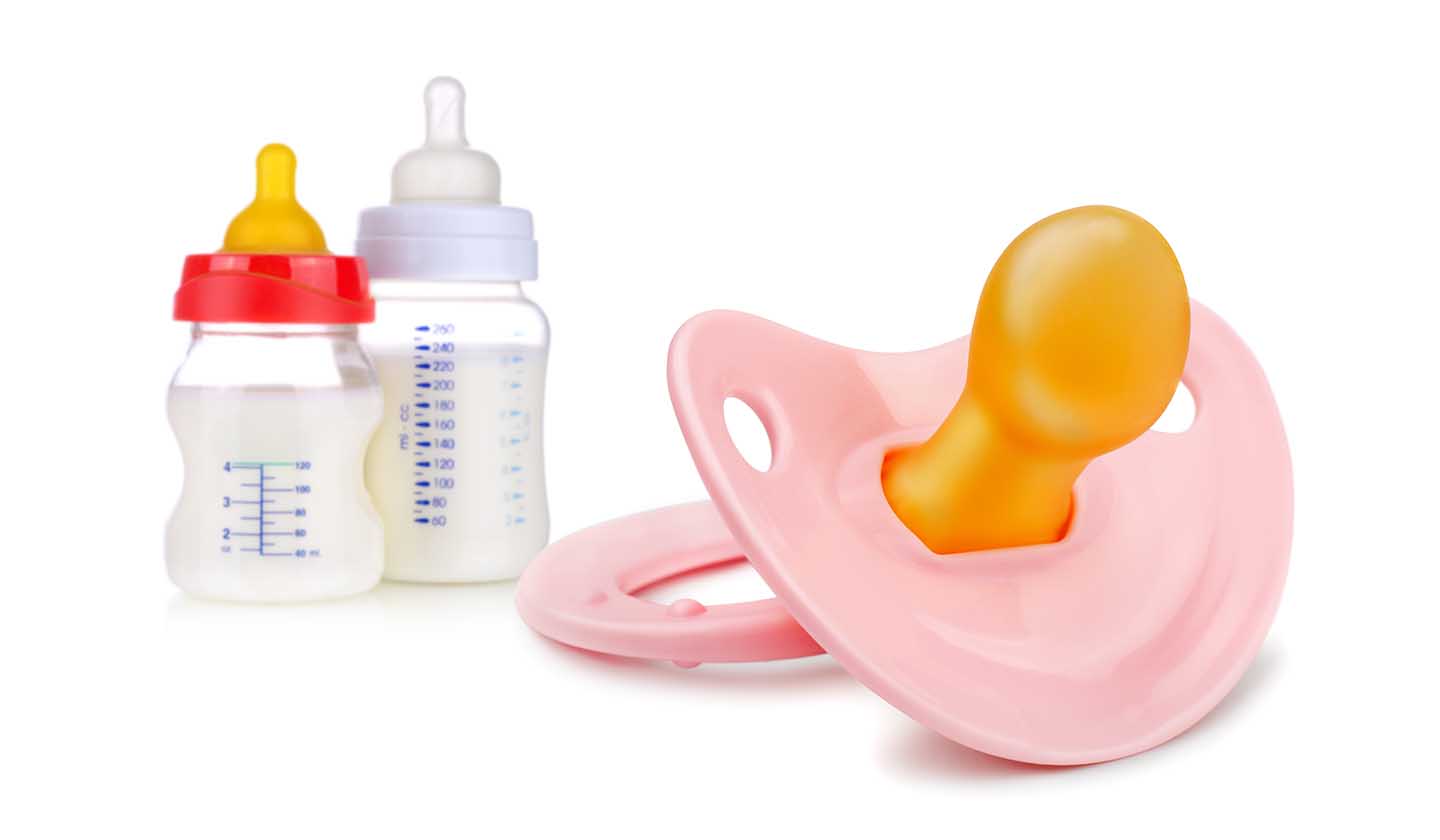
2nd Teats: Which one is best?
Choosing the teat depends on the baby's comfort:
- The softest and most flexible ones are made of latex or rubber, but the most resistant and the ones that are more easily washed are made of silicone;
- The shape must simulate the nipple, which facilitates the baby's adaptation and interferes less with the dentition;
- They must have a valve that regulates the milk flow and reduces air intake, to avoid colic;
- The flow should be appropriate to the baby's age and to the type of milk you use: invert the bottle - if a few drops fall, the flow is correct, if it flows too rapidly the baby may choke. If the flow is too slow, the baby will get tired and may not be feeding well.
Sources
iSaúde
Farmácia Distribuição Magazine
Também lhe poderá interessar
Postpartum
Breastfeeding - Make the most of this special moment
Post childbirth
